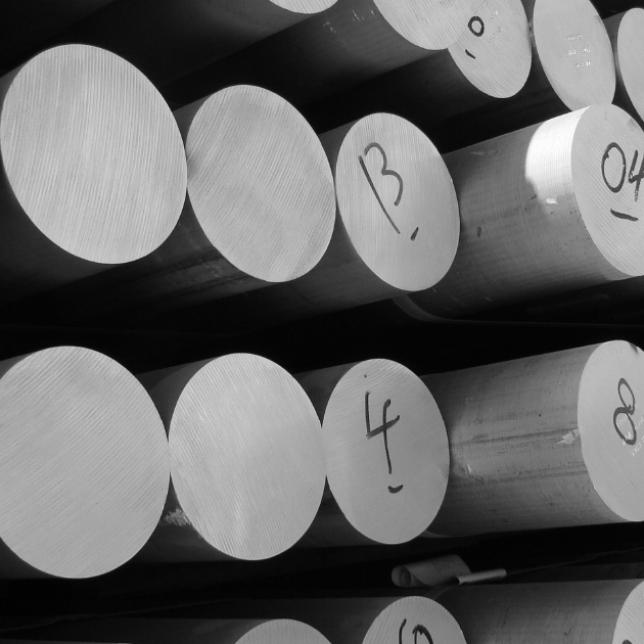WHY ALUMINUM
ALUMINUM - THE GREEN METAL
According to a research, 8% of the earth’s crust contains aluminum in the form of different minerals resulting into different kinds of
the metals which has limited availability in raw form.

ALUMINUM’S REMARKABLE PROPERTIES
It has material properties such as light weight, high strength and resistance to corrosion contribute to low environmental loading, being reused for the same purpose over and over again without losing its properties.Aluminum has attractive properties that includes:
- Low weight.
- High strength.
- Superior malleability.
- Easy machining.
- Excellent corrosion resistance.
- Easy to mill, drill, cut, punch,
bend, weld, bond, tape...
ALUMINUM RECYCLING
Due to the fact that aluminum has a property to be reused several times without losing its key properties and quality deterioration,
this is why 75% of aluminum is still in use as compared to other raw materials.
Recycled Aluminum is produced with only 5% of the
original energy input, and only few percent of metal is lost in
re-melting.
Today, recycled aluminum (the secondary metal)
corresponds to about 25% of the world’s
consumption.
corresponds to about 25% of the world’s
consumption.
TERMINOLOGY
EXTRUSION
The method used to produce metal profiles, primarily those made of aluminum. Copper, brass and magnesium can also be extruded, but with greater difficulty.HEAT-TREATABLE ALLOY
A type of alloy that acquires its strength through precipitation-hardening(heat-treatment) and which is used for profiles. Alloys that are not heat-treated acquire their strength through increased additives or cold-rolling and are used primarily for sheeting, strip and foil.
HOMOGENIZING
Is a heat treatment that distributes the alloy elements evenly in the material.BILLETS
To produce profiles, the smelter plant casts the aluminum alloy to form round billets whose diameter is adapted to each press, and in lengths of six to sevenmeters.
PERIMETER
The distance a pen moves when following the outer contour (outer perimeter) and inner contour (inner perimeter) of a profile. Generally expressed in millimeters. The perimeter constitutes the basis for calculating the surface for surface treatment (perimeter x length).PRESS FORCE
The power with which the metal is pressed through the tool. Power is now designated in Mega Newton (MN); formerly tones were used. Ten MN is equal to approximately 1,000 tones. Canex has two presses, 22 MN and 27 MN.
